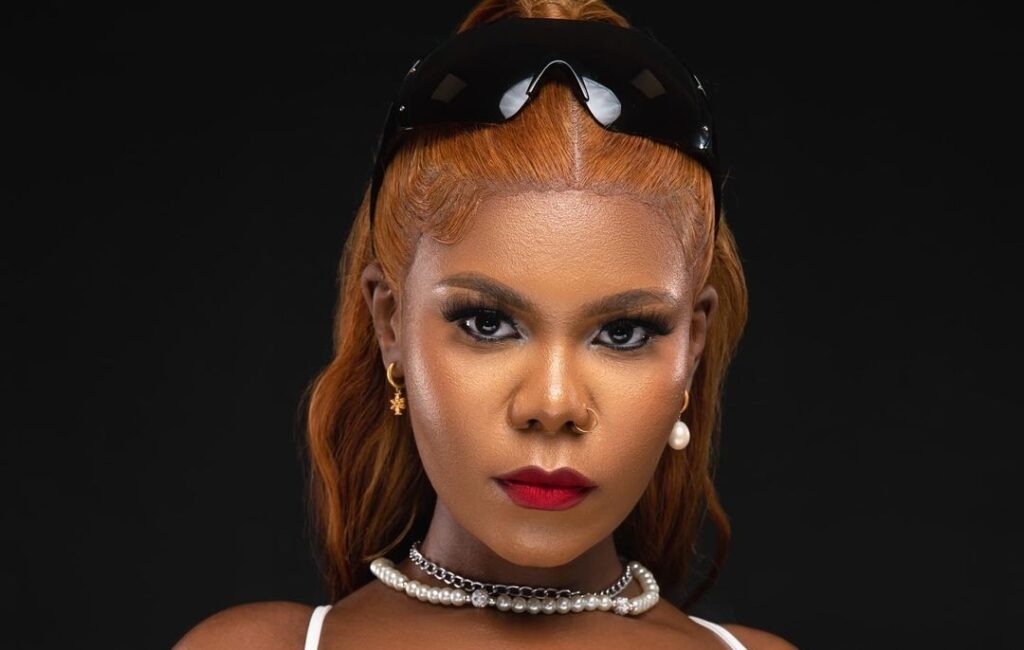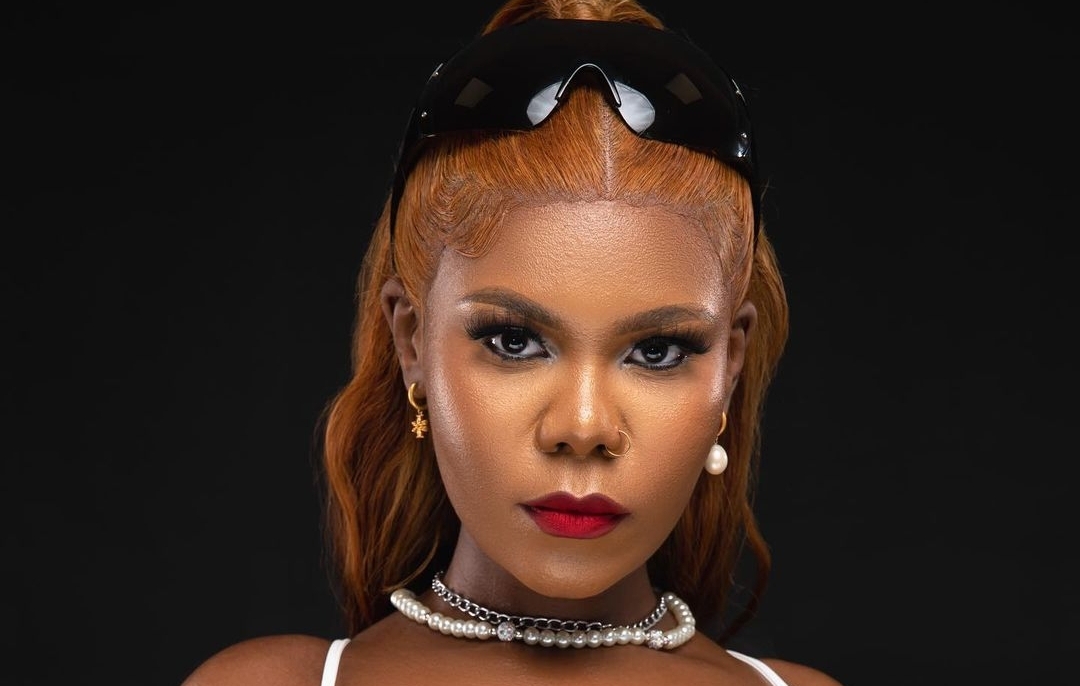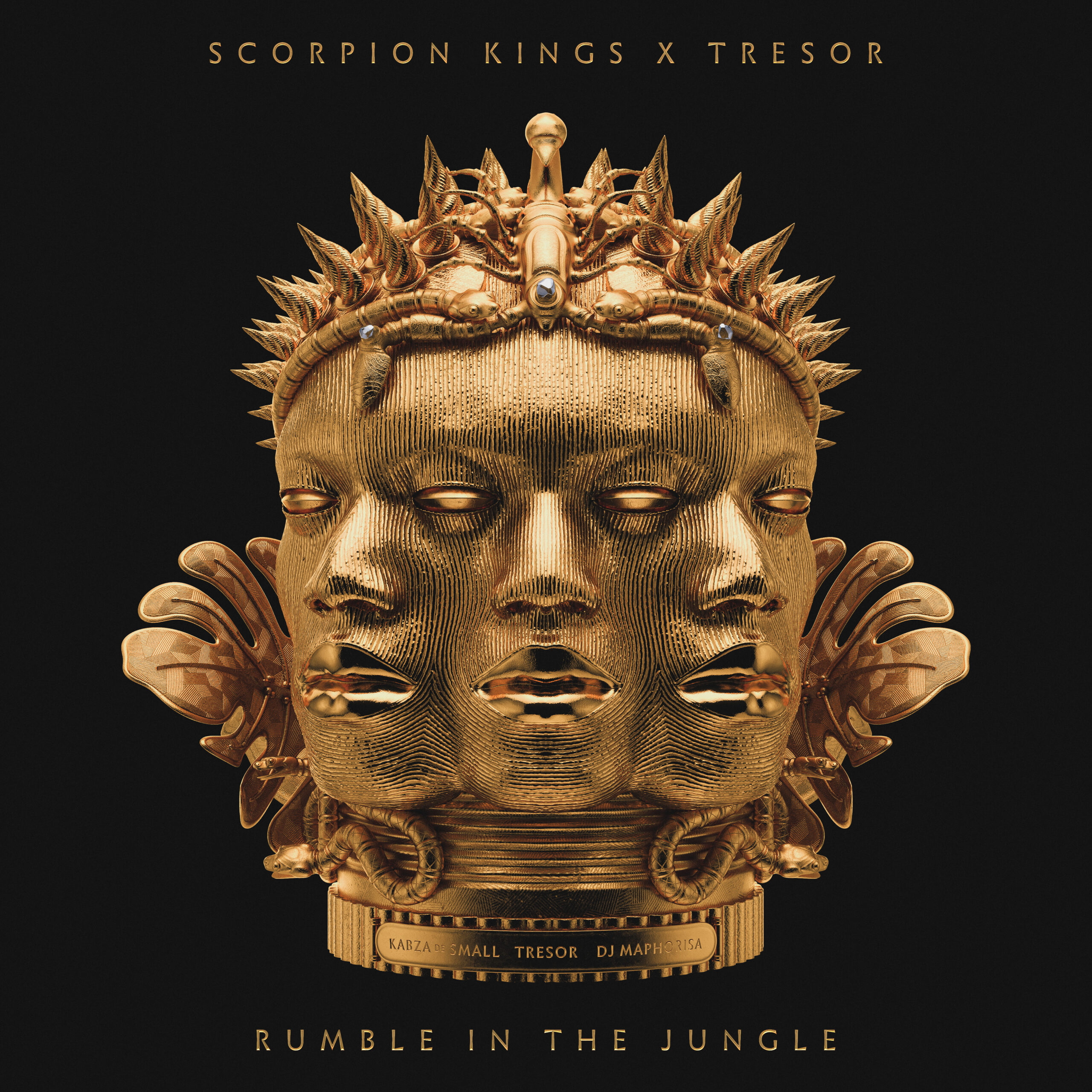Spotify Reveals How Amapiano Generated Over R200 million In Revenue. Amapiano music has taken centre stage across the world, creating opportunities for many. With over 1.9 billion streams in 2022 alone on Spotify, the genre has grown beyond its home borders, with streams outside of Sub-Saharan Africa growing by more than 563% on Spotify in the last two years. The UK, USA, Netherlands, German and Canada are a few of the countries outside Sub-Saharan Africa, listening to Amapiano. This is the power of music streaming.

With over 550 million active users on the platform, Spotify launched its now annual report, Loud & Clear, to increase transparency in the music industry by sharing data on Spotify’s royalty payments and detailing the global streaming economy, the players and the process.
In 2022, revenues generated by South African artists from Spotify alone reached nearly R200 million, making it three times the amount generated four years ago.
The number of South African artists who generated more than R50 000 and R500 000 in royalties from Spotify alone increased by over 30% in the last year. This figure represents revenue generated from Spotify alone and does not take into account earnings from other services and recorded revenue streams, concert tickets or merchandise.
A quarter of all South African artists who generated more than R 100 000, self-distribute their music on Spotify, using distributors like DistroKid, TuneCore, CD Baby, and others. Jocelyne Muhutu-Remy, Spotify’s Managing Director for Sub-Saharan Africa says, ” By releasing the revenues that South African artists generated on our platform in 2022, we are not only keeping ourselves accountable but also showing artists that it does pay to put your art out into the world,”.
Spotify generates music revenue from two sources: subscription fees from Premium listeners and fees from advertisers on music on the free tier. Nearly 70% of that revenue is paid back as royalties to rights holders, who then pay the artists and songwriters, based on the agreed terms. These rights holders include record labels, publishers, independent distributors, performance rights organizations and collecting societies.










